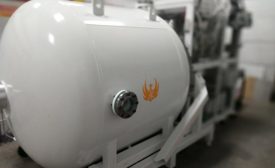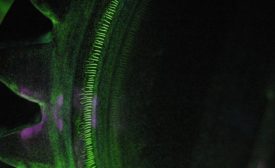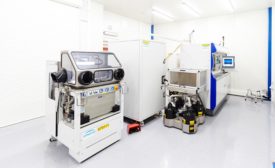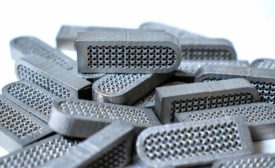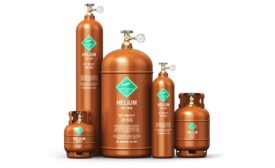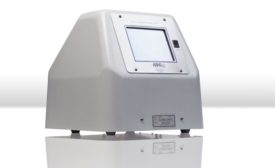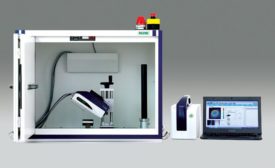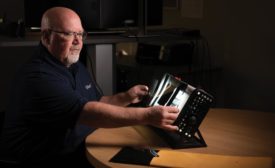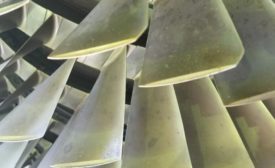Home » nondestructive testing
Articles Tagged with ''nondestructive testing''
Modern technology is closing the technology and accessibility gap between N-ray and X-ray imaging.
Read More
Recent Improvements within Magnetic Particle Inspection
The specifications that undergird the magnetic particle inspection process are being continually updated.
November 30, 2020
Additive Manufacturing: Past, Present and Future
Additive manufacturing has clearly been a major disruptor in sectors where it has been adopted, and this disruption propagates through the supply chain.
November 30, 2020
NDT of Medical Devices
NDT methods play a critical role in the quality assurance of medical devices.
November 29, 2020
The Evolution of NDT Training
The need for training has always been essential to the growth of NDT
November 1, 2020
NDT Leak Testing
Supply, Demand and Cost: Don’t Let That Helium Just Drift Away at the End of a Leak Test
How can you make the most of this increasingly precious commodity for your critical quality assurance needs?
August 5, 2020
NDT Leak Testing
Leak Testing Meets New Energy Storage Needs
Leak tightness is a major criterion for stable performance of a battery pack over the expected lifetime of an electrical vehicle.
August 5, 2020
Radiographic Image Interpretation: Doing it Right
The process of radiographic interpretation consists of many variables with the major objective being achieving the highest possible quality level.
June 11, 2020
Competent, Qualified and Certified
Do everything you can to ensure that you keep your competence active, engaged, and evolving.
June 10, 2020
Stay in the know with Quality’s comprehensive coverage of
the manufacturing and metrology industries.
eNewsletter | Website | eMagazine
JOIN TODAY!Copyright ©2025. All Rights Reserved BNP Media.
Design, CMS, Hosting & Web Development :: ePublishing
